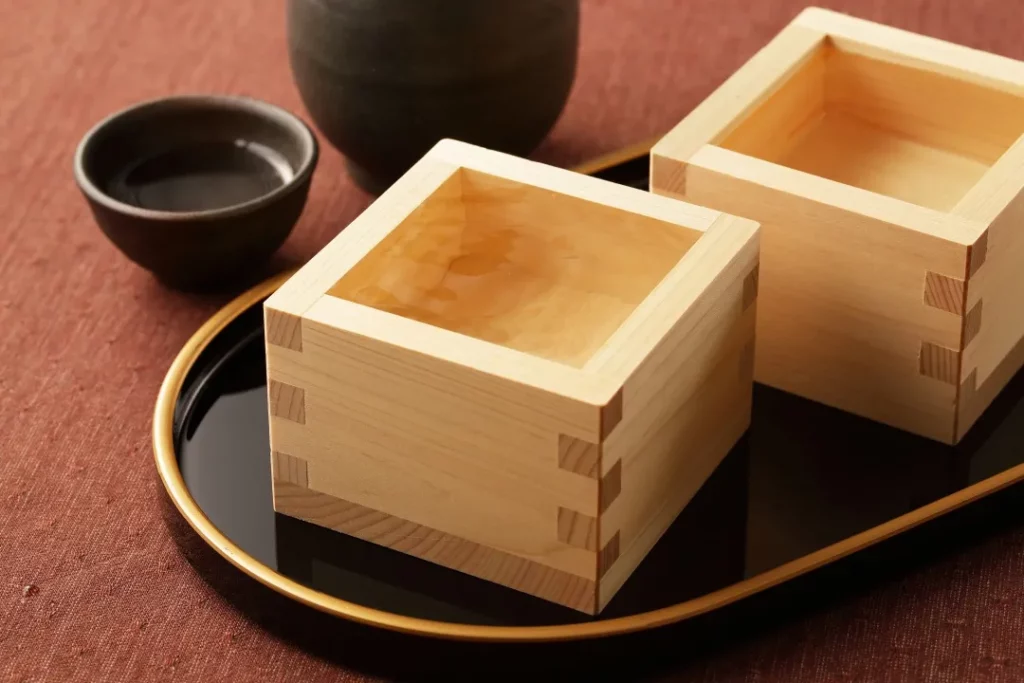
Saké is a traditional Japanese alcoholic beverage made from rice. It is a versatile drink that can be enjoyed in many ways, from warm to chilled, and pairs well with a variety of dishes. However, there are many myths and misconceptions surrounding saké that have been perpetuated over the years. In this blog post, we will explore some of the most common saké myths and set the record straight.
One of the most common misconceptions about saké is that it is always served hot. While it is true that some types of saké are traditionally served warm, not all saké is meant to be consumed this way. In fact, many high-quality sakés are best enjoyed chilled to bring out delicate notes in their flavor profiles. The temperature at which saké is served depends on the individual bottle and the preference of the drinker.
While it is undeniably enjoyable to pair saké with sushi, the idea that saké can only be consumed with this traditional Japanese dish is a misconception. Saké can be paired with a wide range of cuisines, including grilled meats, salads, cheeses, and desserts. Its diverse flavor profile allows the beverage to complement and enhance many meals, making saké a great choice for a culinary adventure.
The notion that saké is exclusively consumed in small cups, known as “ochoko“, is another misconception. While it is true that these small cups are often used to serve saké, there are many different types of vessels that can be used to enjoy saké. For example, many people prefer to drink saké from wine glasses to fully appreciate the flavor and aroma.
Another myth surrounding saké is that it is similar to distilled spirits like vodka or whiskey. However, this is not true. Saké is actually brewed, much like beer. The process of making saké involves several steps. First, rice is polished to remove the outer layer, leaving behind the starchy core. Then, the rice is washed and soaked in water. After that, it is steamed and cooled down. Now the koji, a certain type of mold, is added to the steamed rice. This koji mold breaks down the starches in the rice and turns them into fermentable sugars. The koji creates a starch coating around the rice kernel, which is essential for the yeast to eat during fermentation. Finally, yeast is added to the mixture, and it undergoes fermentation. So, while rice on its own cannot ferment, the koji mold plays a crucial role in converting the starches in the rice into sugar, which the yeast can then consume to produce alcohol. This all results in creating the brewed beverage we enjoy.
Many people believe that saké is always clear. However, this is not true. Saké can be either clear or cloudy, depending on the brewing process. Cloudy saké, known as Nigori style saké, is unfiltered and often has a richness and slightly sweet taste.
While Japan is known for producing delicious saké, it is not the only country that produces this traditional beverage. Due to its rising global popularity, saké is now being produced in various countries, including the United States where the SakéOne brewery is located.
In conclusion, saké is a versatile beverage that has been shrouded in myths and misconceptions for too long. By debunking these common myths, we hope to encourage more people to explore the world of saké and discover many ways it can be enjoyed. So the next time you pour yourself a glass, remember that there’s more to saké than meets the eye.
The unique and flavorful nature of saké has made it a popular drink around the world. For a beginner, it can be confusing to know how to serve and drink it properly. There are three common ways to serve saké: using a traditional masu cup; using a saké set, made up of a tokkuri and ochoko; drinking it in a wine glass.

The traditional way to serve saké is in a masu cup. This is a wooden cup occasionally lined with lacquer and is usually square in shape. Its design is meant to draw out the flavor of the saké and to maximize the drinker’s enjoyment. When using a masu cup, it is important to fill it only halfway and not to the brim.
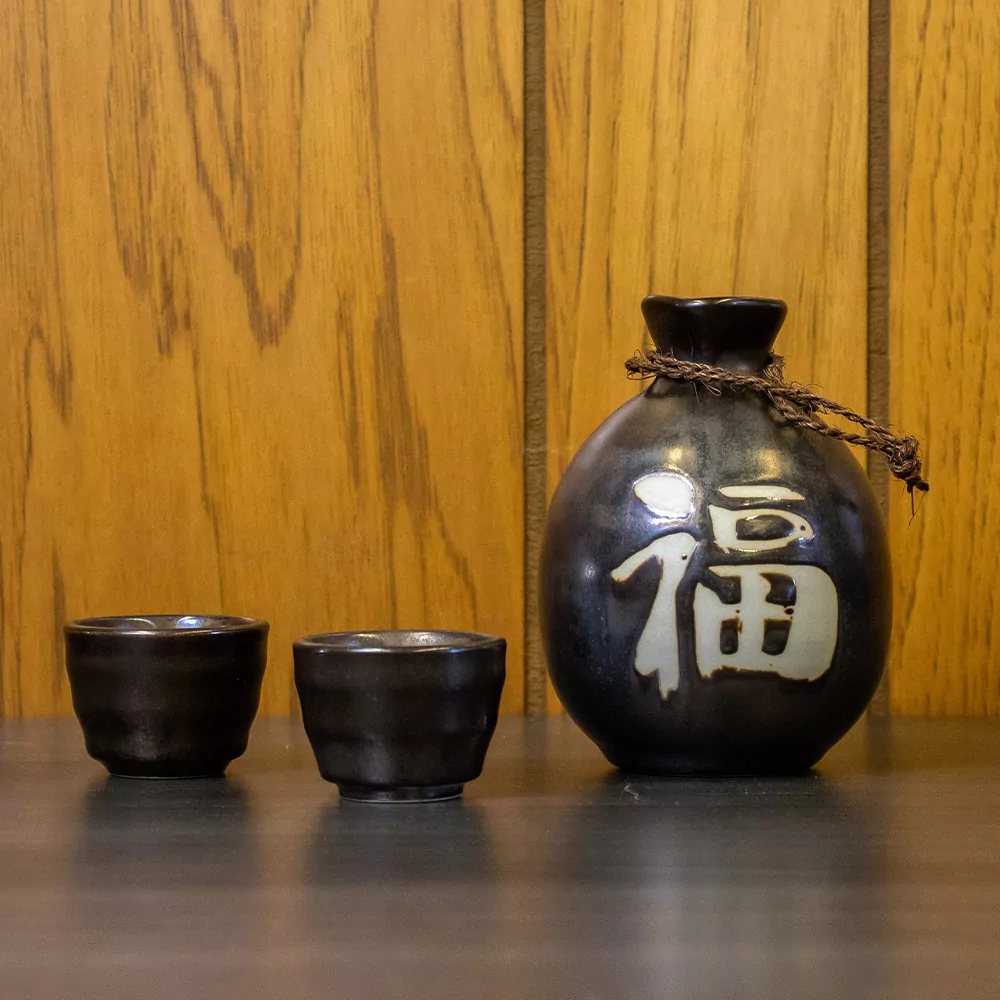
The second way to drink saké is by using a saké set. This set is made up of two pieces: the tokkuri and the ochoko. The tokkuri is a saké flask, usually made of ceramic, and it is used to hold the saké. The ochoko is a small cup, also made of ceramic, and it is used to drink the saké. It is important to note that when using a tokkuri and ochoko, the saké should be poured from the flask into the cup.
Saké is often thought to only be paired with sushi, but there are so many incredible pairings that will make your drinking experience unique. From spicy food to umami dishes, to desserts and salads, there are many different types of saké that will bring out the flavors of each dish.
Here are five saké pairings that will change how you drink saké.
Spicy dishes and saké can be a match made in heaven. An earthy and dry Junmai style saké is a great match for spicy food because the flavors of the saké will accentuate the heat in the dish.
The creamy Nigori style saké is also a great pairing because the creaminess of the saké will make a lovely contrast to the dish’s spice.
Our Recommendations

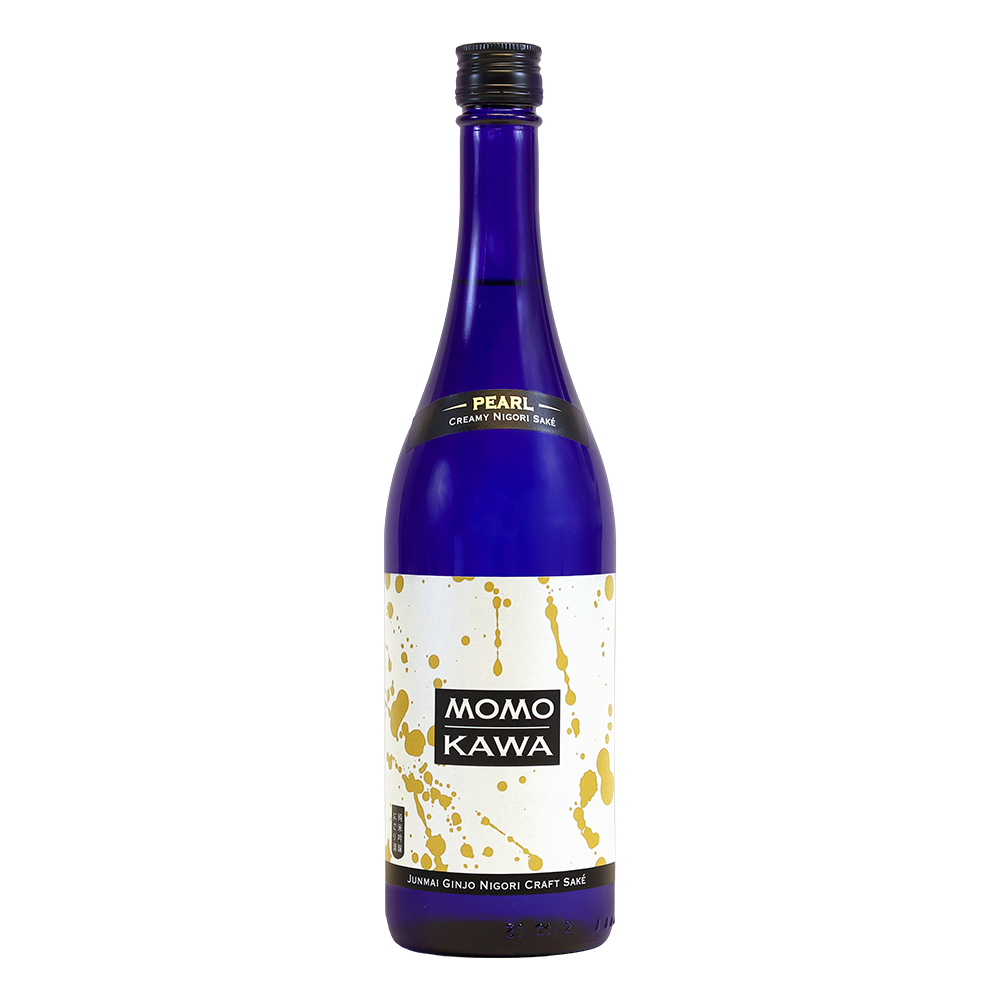
Umami food and saké are also great pairings. Umami is often described as a savory flavor and the Junmai style saké is characterized by a rich aroma and strong flavor of the rice. A pairing of umami rich Junmai, compliments dishes with a similar flavor profile.
Our Recommendations

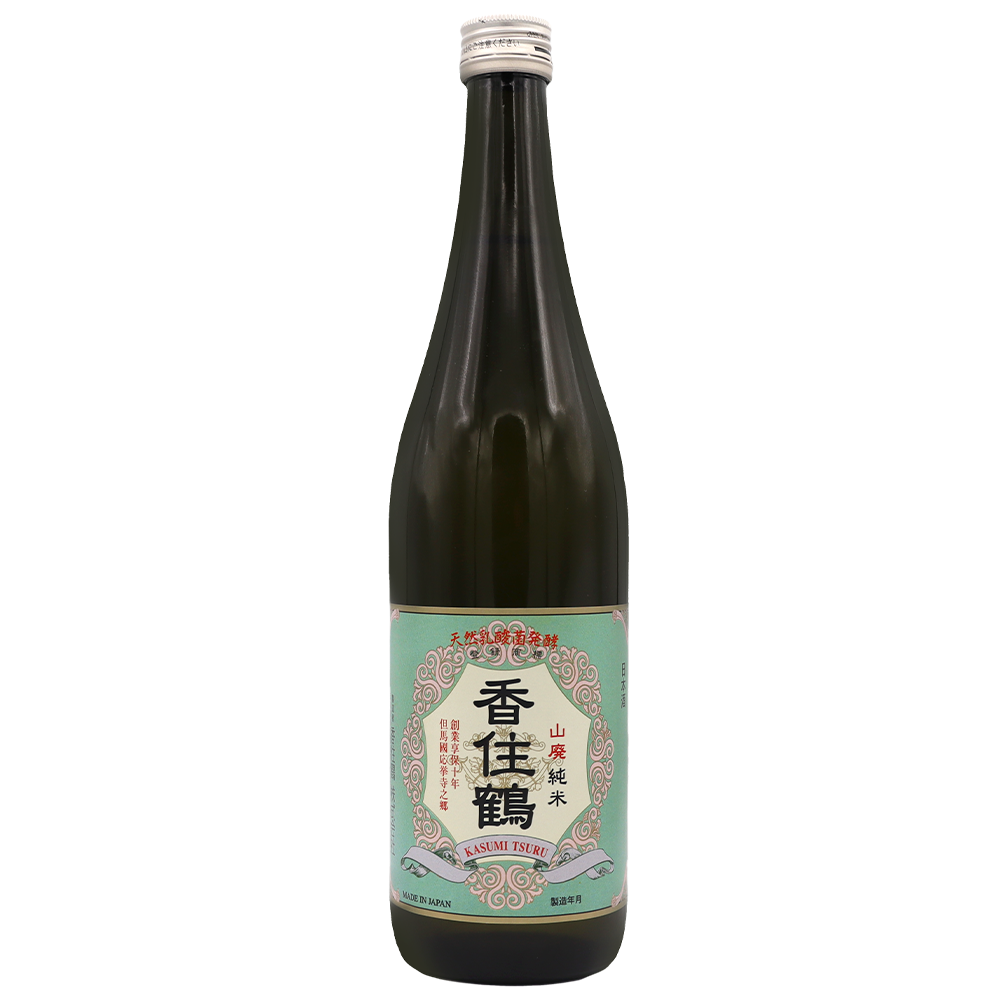
Desserts and saké are a delightful pairing. The creamy sweetness of the Nigori style is a perfect match for the sweetness of a yummy treat.
Sparkling saké is also a great choice because it often has a sweet flavor that will pair well with your dessert.
Our Recommendations
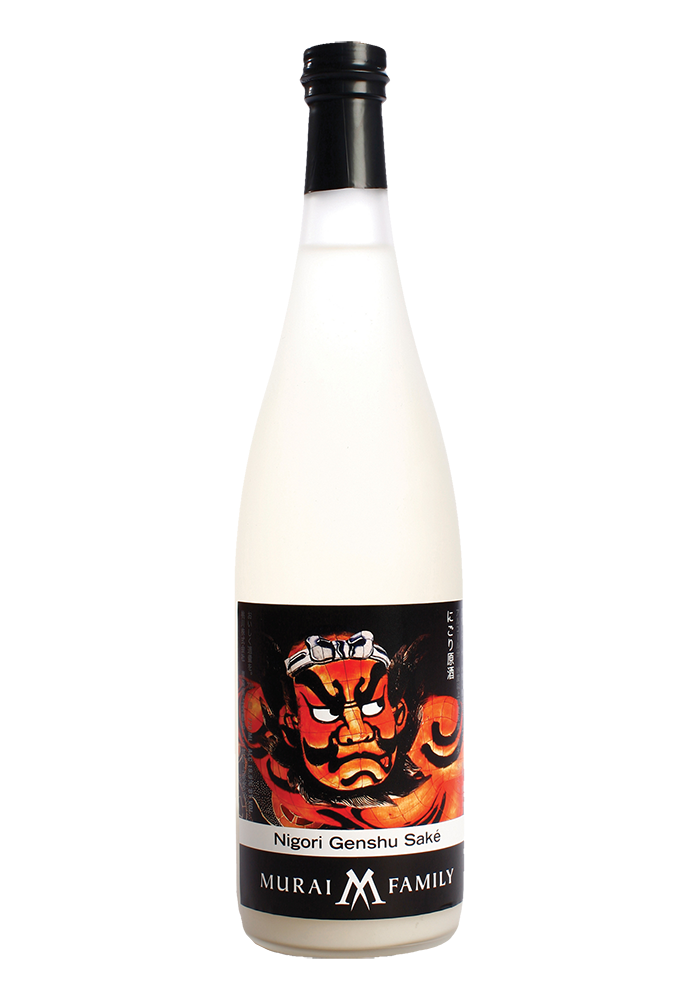
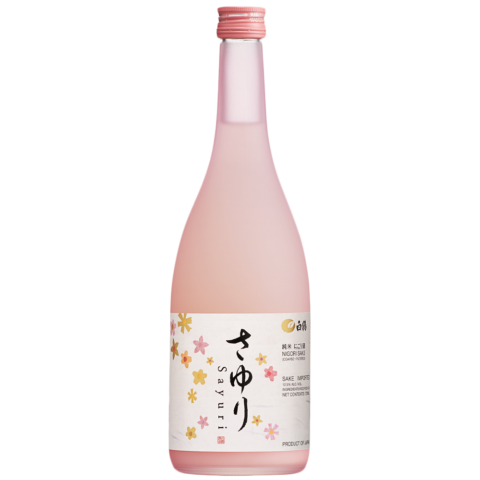
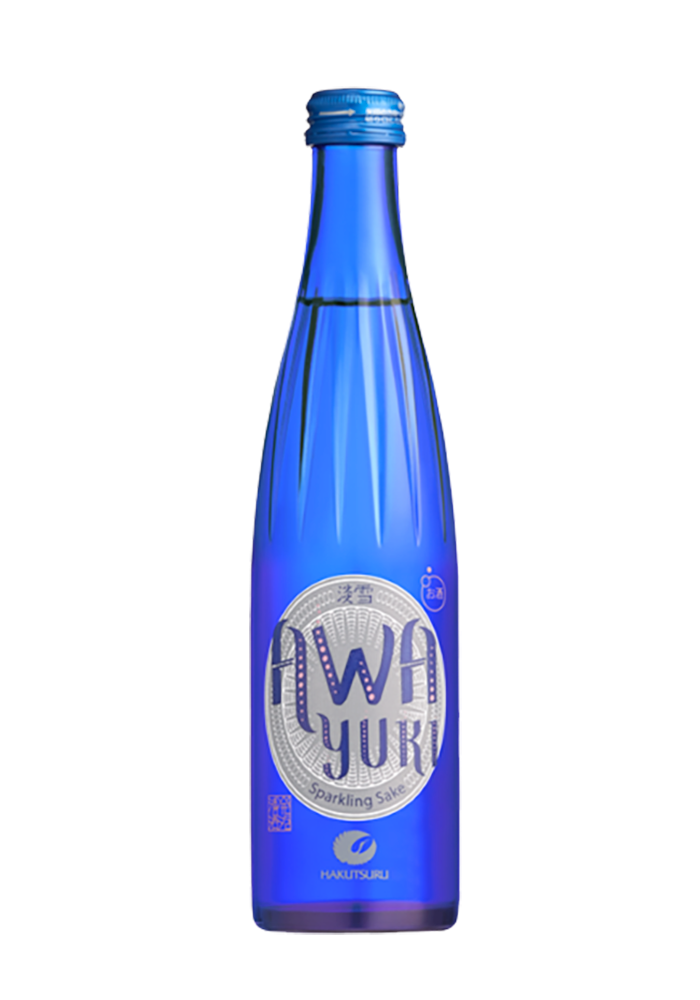
Meat and American favorites are scrumptious when paired with saké. Junmai or Genshu saké will help to bring out the flavors of the meat or American dish. The acidity of saké can also help to cut through the grease, making the dish more enjoyable.
Our Recommendations
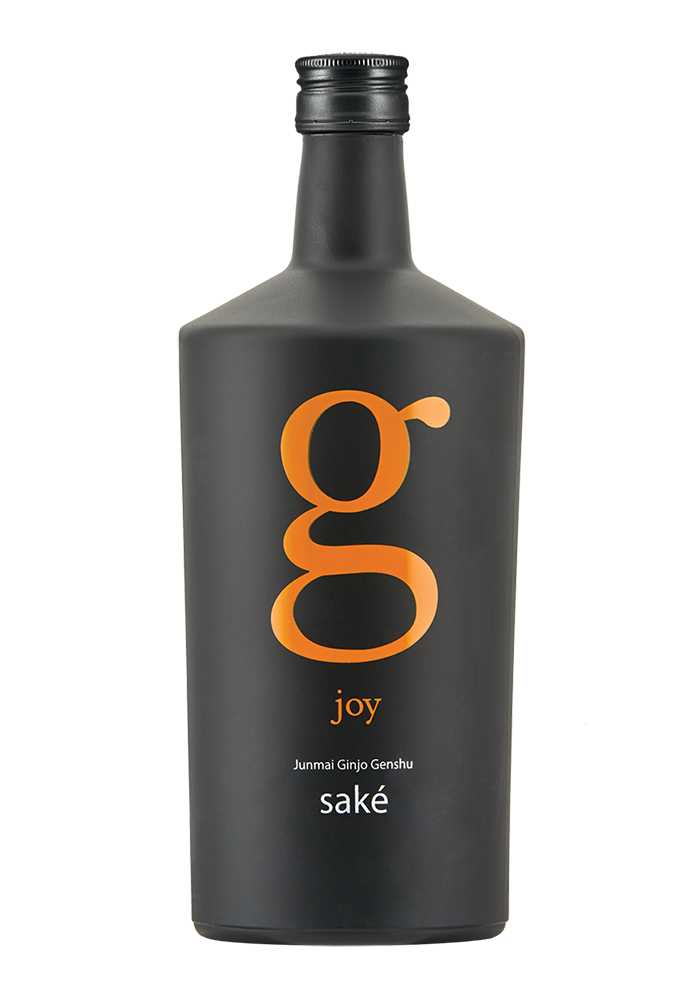
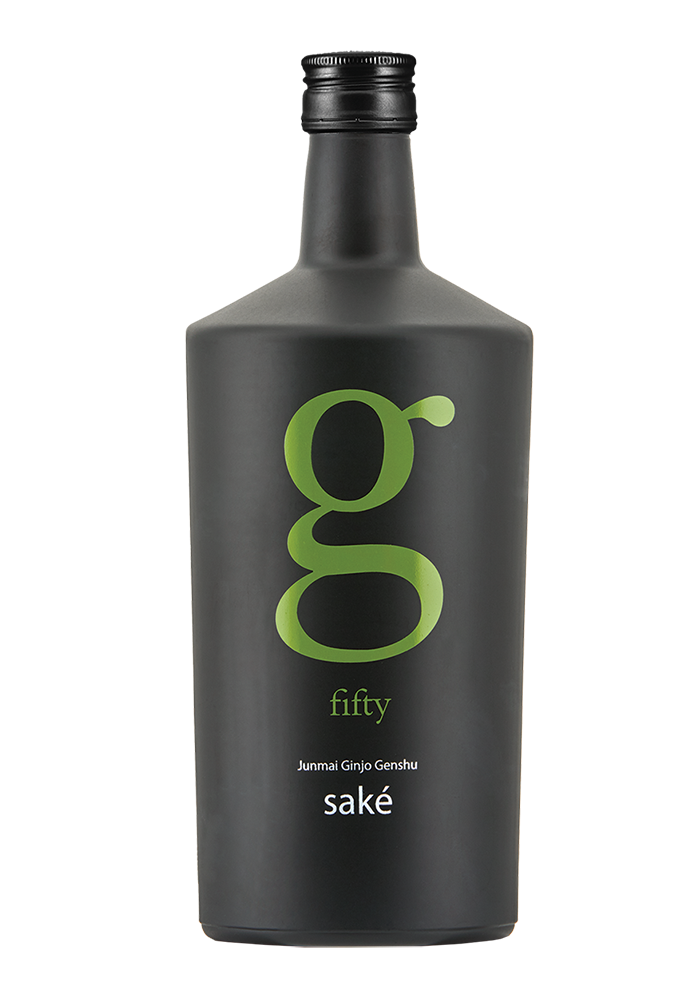
Saké and salads are a refreshing pairing. The Junmai Ginjo style saké is a great choice because of its fruity aroma. This will add a complex flavor to the salad and the Junmai Ginjo style saké pairs very well with light dishes.
Our Recommendations

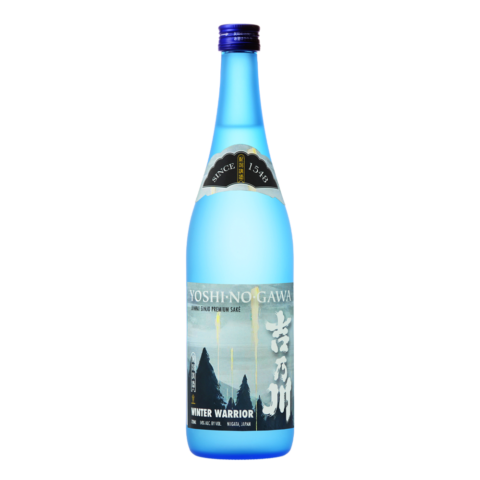
From spicy food to umami dishes, there are many different types of saké that will bring out the flavors of each dish. Saké has many unexpected pairings that will make your drinking experience unique and special. Give these five saké pairings a try and experience the flavors that saké has to offer.
If you’re wondering what the differences between saké, shochu, and soju are, you’re not alone. From Japan to Korea, these traditional drinks have been around for centuries and have unique flavors and nuances that make them stand out. Though they may be similar in some ways, there are also some key differences that set them apart.
Saké, our specialty at SakéOne, is a traditional Japanese beverage brewed from fermenting rice. During the brewing process, only four ingredients are used to make saké: rice, water, yeast, and koji.
Saké’s alcohol by volume (ABV) hovers at about 15 or 16 percent, making it slightly stronger than beer or wine. The flavor profile of saké can range from sweet to umami-forward, depending on the style. A Nigori saké, such as Momokawa Pearl, has a sweeter taste than a Junmai style saké such as Hakutsuru Excellent. Due to the variety of flavors in this category, saké easily pairs with many cuisines. If you usually drink saké with sushi, try enjoying a glass with an American favorite or even your dessert.
While many people sip saké as is, it makes a fantastic liquor replacement in cocktails because of its lower alcohol by volume (ABV).
A common question about saké is “should I drink it hot or cold?”
Our recommendation is that premium saké is best enjoyed chilled because the cooler temperature brings out the subtle notes and aromas of the beverage. On the other hand, some umami forward sakés are often consumed warm.
When comparing saké and shochu, it’s important to note that they are both traditional Japanese alcoholic beverages. One key difference is that shochu is a distilled spirit made from grains. Because shochu is distilled, it has a higher alcohol by volume (ABV) than sake between 20 and 30 percent.
Shochu is often enjoyed neat but can also be served chilled on the rocks or with other mixers. Also, shochu pairs easily with many types of cuisines. But, the type of shochu you choose will be the determining factor in which foods to consume with the beverage.
Similarly, to shochu, soju is a distilled alcohol. It is made from grains, such as rice, wheat, and barley and the alcohol by volume (ABV) ranges from 16.7% to 45%.
Another difference between the three beverages is that rather than originating in Japan, soju is a traditional Korean alcoholic beverage.
Soju has a neutral flavor, but can also be slightly sweet or fruity depending on the variety. It is usually served chilled and is often sipped neat or in a cocktail. When deciding how to pair this beverage, it is recommended to pair it with foods that are heavier or oil-based. Soju’s clean finish aids in cleansing the palate when eating bolder flavors.
The next time you’re in the mood for a drink, remember to consider the differences between these three popular varieties to make sure you get exactly what you’re looking for.
Hakutsuru is one of the biggest sake brands in Japan, and is located in the Nada region in Kobe. The company was founded in 1743 by a lumber dealer, Jihei Kano. The word “Hakutsuru” translates to “white crane”, which was the inspiration for the sake brewery. Hakutsuru added the white crane as their official logo in 1979 and the symbol still marks their bottles today.
Hakutsuru’s history is full of impressive feats. The brewery played a role in modernizing sake packaging because Hakutsuru was the first company to sell sake in prepackaged glass bottles in 1878. Previously, sake was sold by weight and customers brought receptacles from home to be filled. The brewery gained attention when Hakutsuru bottles were presented at the World’s Fair in Paris in 1900. This event was just the start of building the brand’s global presence.
During the second world war, Hakutsuru and other sake breweries suffered because 90% of sake brew houses were destroyed in the war. However, Hakutsuru was able to recover and even build an earthquake resistant brewery building in 1952.
In the 21st century, Hakutsuru expanded production to become one of the most recognizable sake brands world-wide. In 2005, Hakutsuru Sake of America, Inc. was established in the United States to suit the needs of potential sake customers. Another notable achievement is the creation of their proprietary yeast and a new variety of rice named “Hakutsuru Nishiki” in 2007. In the last 8 years Hakutsuru continued to push the envelope and has incorporated solar panels atop their main brewery and bottling plant.
While Hakutsuru continues to optimize their efforts for future production, the company also pays tribute to its origins. Hakutsuru opened a “Sake Brewery Museum” in Kobe’s compact brewery district. The museum showcases their old sake Kura in its original form. Many sake enthusiasts visit the museum to get a feel for traditional brewing practices and explore the impressive art collection.
In recent news, members from Hakutsuru visited SakeOne’s home state of Oregon. Kenji Kano, president and CEO of Hakutsuru, gave a lecture about understanding and enjoying sake at Portland State University.
Hakutsuru offers a variety of sake styles perfect for all occasions! Explore some of our favorites below:

Nigori pick: Hakutsuru Sayuri Nigori
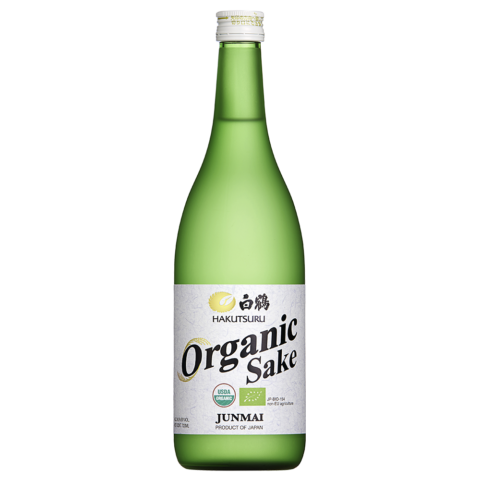
Organic pick: Hakutsuru Organic Junmai
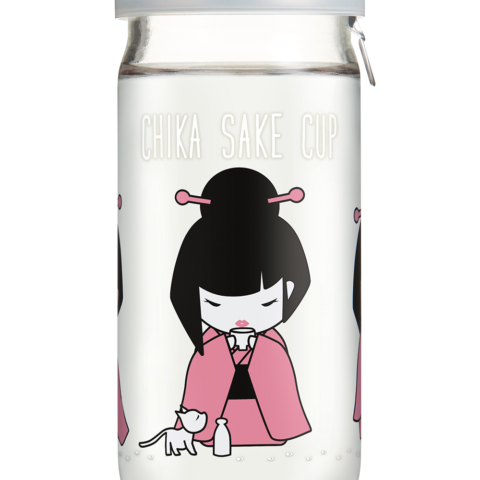
Travel-sized pick: Hakutsuru Chika Sake Cup

Sparkling pick: Hakutsuru Awa Yuki
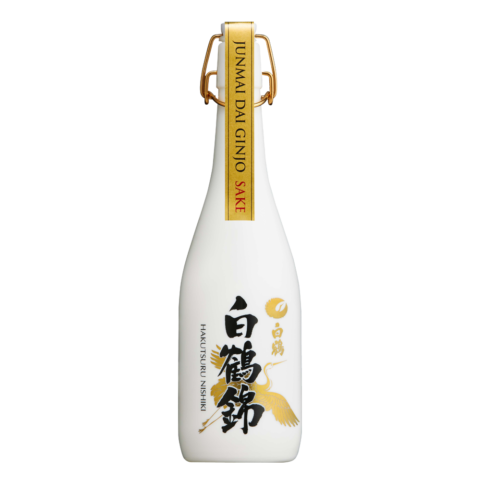
Gift-able pick: Hakutsuru Nishiki
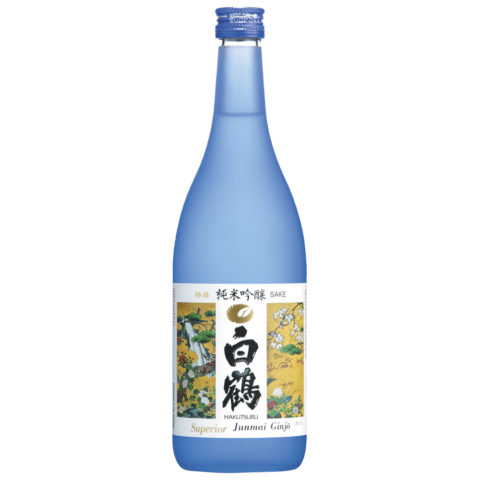
Junmai Ginjo pick: Hakutsuru Superior
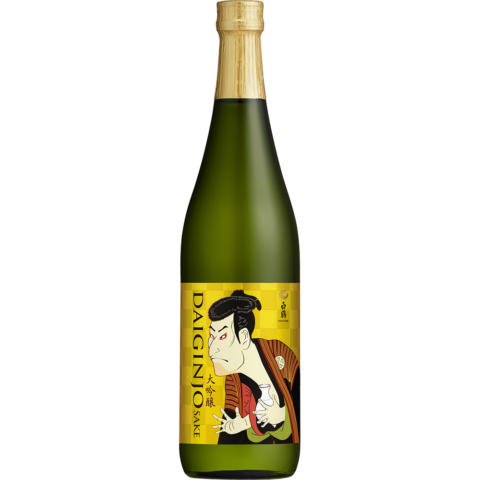
Daiginjo pick: Hakutsuru Ukiyo-E

Perfect for Cocktails pick: Hakutsuru Ukiyo-E Junmai
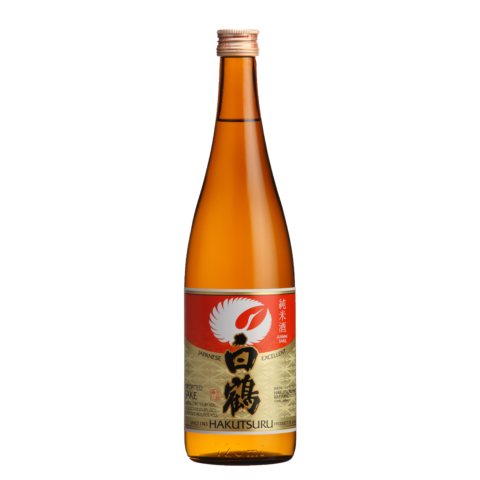
Our pick to drink Chilled or Warm: Hakutsuru Excellent Junmai
Sake is traditionally enjoyed as is. But recently, it is playing a key role in the cocktail scene. For bartenders and sake enthusiasts, sake is a versatile yet approachable ingredient able to play a main or supporting role in cocktails.
When drinking sake, you may taste flavors like tropical fruit or pepper and other spices. The flavors are derived from the beverage’s water source, rice polishing, and fermentation process. The variety of flavors within the category is vast and sake can bring out an umami quality, fruitiness, or creaminess that adds to the flavor profile of a cocktail. The unique flavor profile is just one reason why it is becoming part of the mixologist’s toolkit.
Now that you have a little background, let’s break down the reasons to love sake in cocktails.
Sake’s alcohol by volume (ABV) hovers at about 15% or 16%, while distilled spirits have an ABV of around 40%. When mixing sake into a cocktail instead of a distilled beverage, the cocktail will have a lower ABV. Many love low ABV cocktails because the effect is more mellow than spirit-forward drinks. Sake cocktails also interest those who don’t love the boozy flavor of some stronger drinks.
While sake can take a lead role in a cocktail, it also can round out the existing flavor when added to a spirit-forward cocktail. Unlike distilled spirits, sake can have notes of cherry, melon, or other fruits that come from the water source and the rice polishing process. These sweet or umami flavor profiles are key to the beverage’s performance in cocktails.
Looking to make your own sake cocktail? Consider using sake in place of a spirit with similar weight, such as gin, vodka and tequila. One of our favorite cocktail recipes is the Lemon Pom Saketini. This low ABV cocktail blends together simple syrup, pomegranate juice, and Momokawa Organic Junmai sake for a refreshing drink. In this recipe, the notes of melon and lime in the Junmai Ginjo are not overpowered and the delicate flavors are highlighted.
Nigori sake is a good choice when creating a sweet and creamy cocktail. In the Hazelnut Nigori Iced Coffee, Murai Family Nigori Genshu is combined with Cold Brew Coffee and Hazelnut Syrup to achieve a bold beverage with notes of vanilla and spice. Creamy Nigori also pairs well with lighter ingredients such as dry vermouth or gin. In the Nigori Negroni recipe, Nigori is mixed with bittersweet vermouth and Aperol for a well-balanced beverage with a subtle umami flavor.
Sake can easily be overpowered by other flavors in a cocktail. It is best to be mindful of balance so that the beverage can maintain its delicate flavor profile. A tip is to avoid adding to cocktails with a lot of distilled alcohol and competing flavors. Instead, keep it simple to let it shine. Ultimately, sake is a versatile beverage that is enjoyable on its own and works wonders on cocktails by adding complexity and delicate notes to the flavor profile.
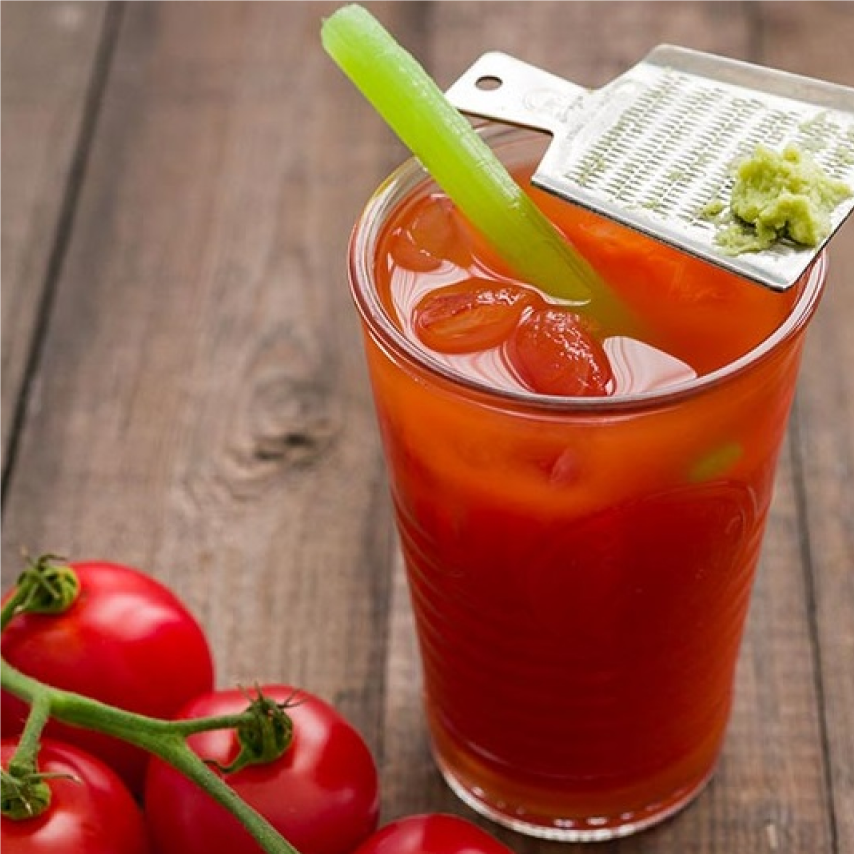
Mixer for 4 Cocktails
Ingredients for 1 Cocktail
Directions
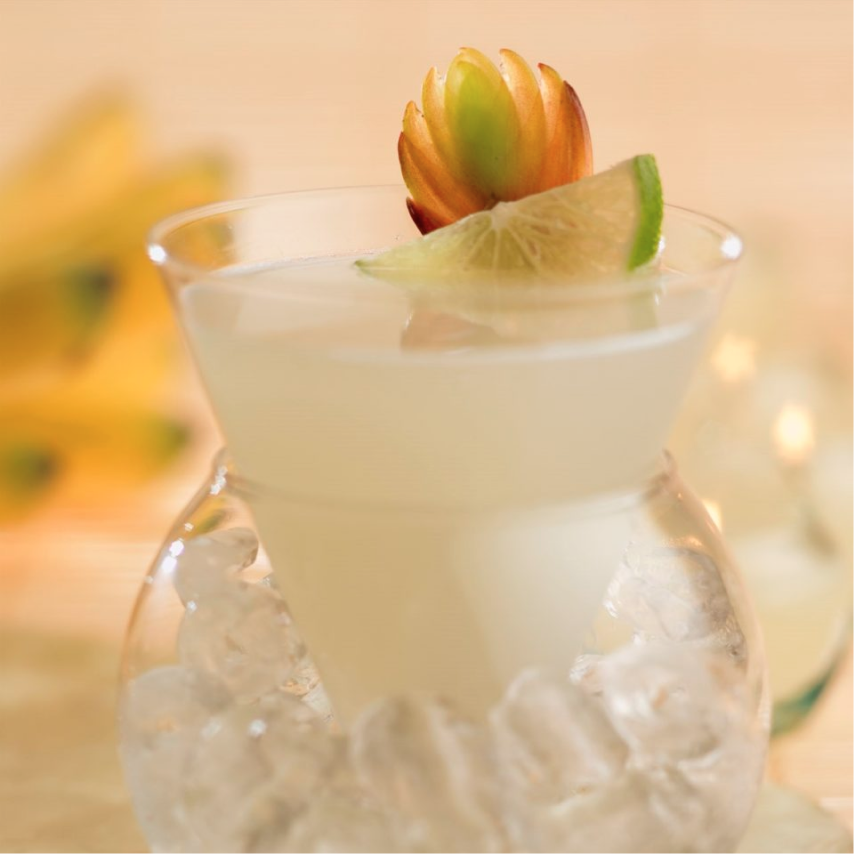
Ingredients
Directions
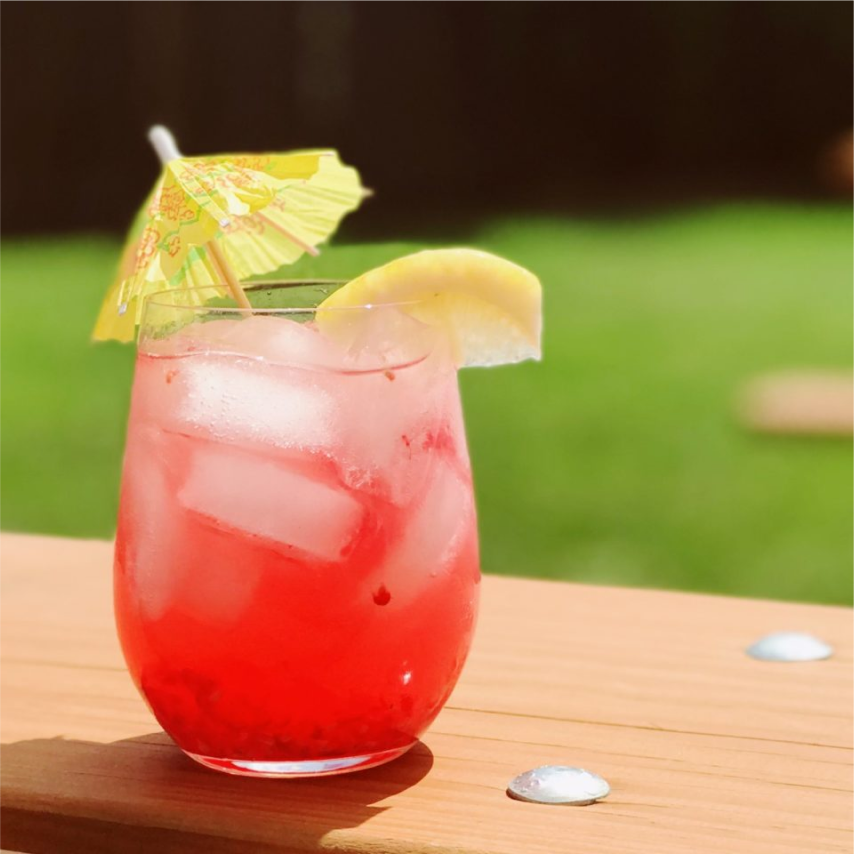
Ingredients
Directions
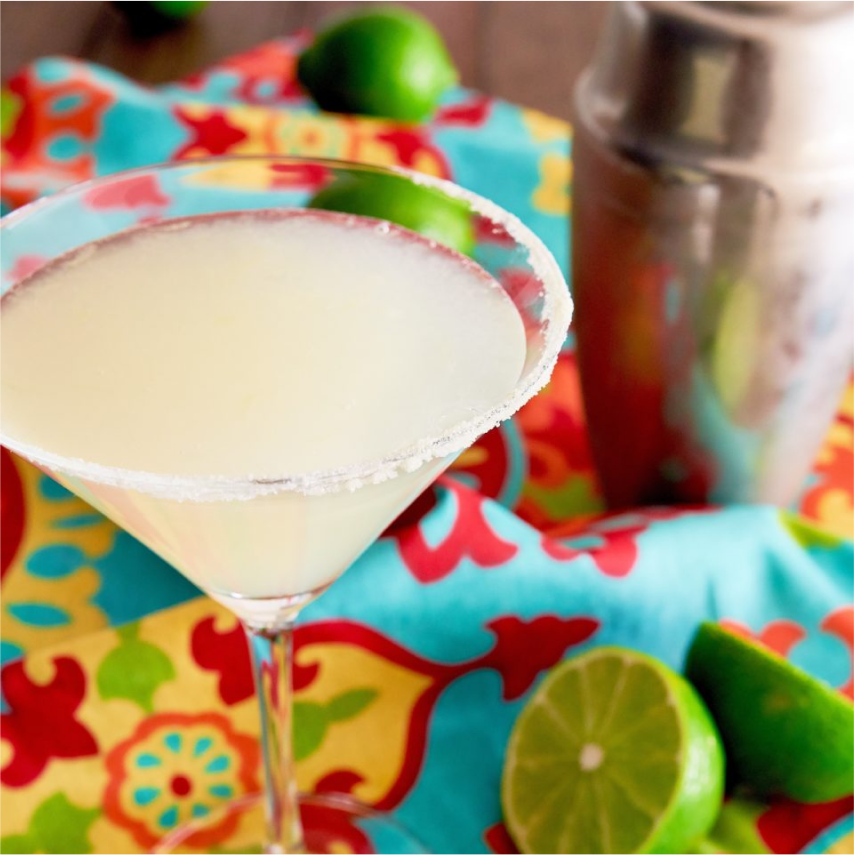
Ingredients
Directions
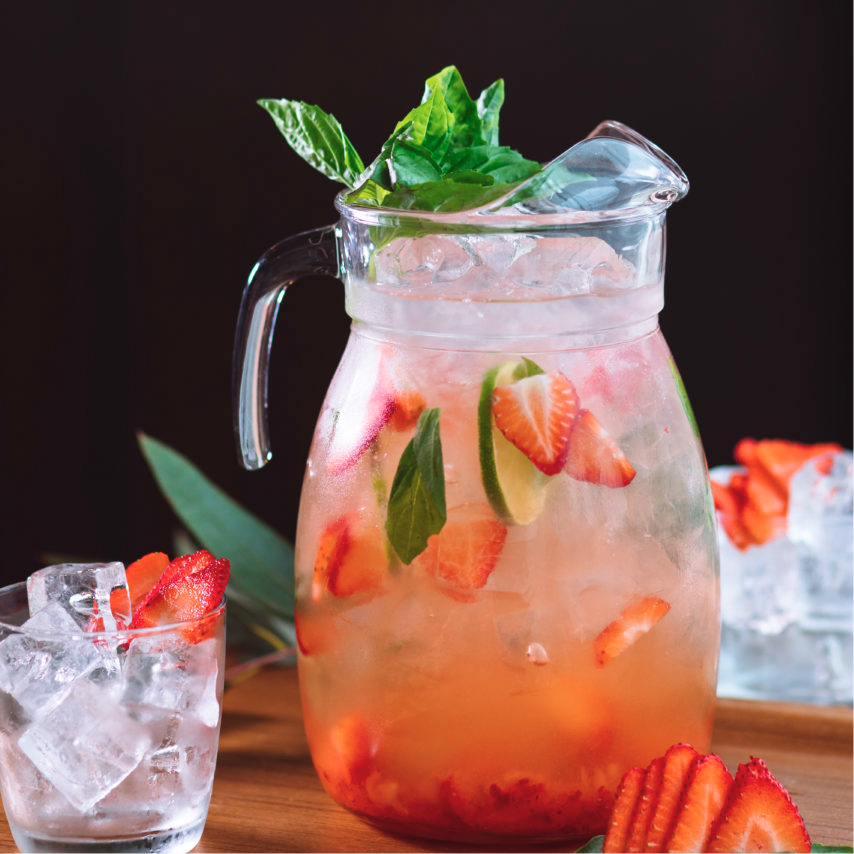
Ingredients
Directions
The fact that a great deal of sake is made from just four ingredients can come as quite a shock. How can a Nigori style have distinct flavors of cherry, coconut or honey? And why do I detect floral and melon notes on the nose of my Daiginjo? The answers generally boil down to two factors: 1) A master brewer’s selection of each type of ingredient and 2) The brewing techniques they utilize to achieve their vision. Below we’ll describe the fab four ingredients, and over the next few months, we’ll break each ingredient down to show how each minute difference can impact the taste, aroma, and quality of any given sake.
KOJI:Once upon a time in a not too distant past, a critical step in making sake was to chew the rice and spit it into a bucket. This gathered enzymes that aided in breaking down the grain. Thankfully, that step is no longer needed but the process of making koji is still considered the most sacred step in production. Enter Koji (aspergillus oryzae), a mold that grows on the steamed, but cooled rice and in doing so digests it with enzymes that convert the starch into sugars. Koji spores are applied to the steamed rice which is then carefully managed with temperature and humidity controls. Slight shifts in temperature, the length of time, or humidity can mean the difference between a. Koji also adds a good deal of flavor to sake.
YEAST:Like beer and wine, sake needs yeast to ferment. When rice is polished, washed, steamed and covered with Koji, it turns a hard inconsumable grain into soft, sweet kernels which are fantastic food for yeast. There are about 14 commercial yeast strains available to brewers. Each has its own aroma and flavor profile and interacts with the rice in different ways. Yeast is selected for a very specific desired result. Some of the older brewers in Japan also use proprietary yeast that has been cultivated at their Kura for decades or even centuries. This provides the Kura with uniqueness and when combined with local rice and water provides an example of terroir for sake.
WATER:It might seem obvious that water is a necessary ingredient, but it is often overlooked. Sake is about 80% water. Ideal brewing water is low in minerals with little to no iron. Iron will cause sake to darken and create undesirable aromas and flavors. It is also known to hasten the aging process. Manganese is also undesirable as it interacts with light causing sake to become discolored and dampen the overall look and character. Good elements in brewing water include potassium, magnesium and phosphoric acid. These elements aid the propagation of yeast and development of Koji. The taste of the water is also very important as the water used in brewing is also used to dilute sake to achieve greater balance and refine flavor.
RICE:Rice, the foundation of sake, comes in many varieties but, like grapes are to wine, only a few are good for brewing sake. Varieties have been cultivated for centuries and today there are about a dozen that are highlighted for sake brewing due to their grain size, hardness (impacts milling), aroma and flavor. Regional varieties of rice differ and are the source of local pride while giving the sake a regional influence on its quality. Knowing the type of rice used in your favorite Sake is not critical, but it can be a great indicator for judging whether the next bottle you purchase is going to please your palate. Back labels & brochures are ideal places to identify what rice was used for your sake. Names that you will most commonly see include Yamadanishiki, Gohyakumangoku and Omachi.
We’re often asked what the big and bright “g” stands for on g joy and g fifty bottles. Is it Junmai “Ginjo”? Is it Garth Brooks or Google? (these are our favorites). No, no & no. G is for Genshu.
Undiluted, this style of sake is bottled without adding water to temper the alcohol percentage. Many brewers believe that the flavors and textures are best expressed in their naturally fermented state. Sake naturally reaches around 18-20% ABV (Alcohol by Volume) during normal fermentation, making it one of the highest naturally occurring alcohol contents in a beverage. It tends to be slightly higher in alcohol than the industry average sake which is usually diluted with water to 14-15% alcohol before bottling.
A Genshu is not necessarily more boozy tasting. Some sake are so clean and crisp that you would never guess the alcohol content is so high (dangerous, right?). With undiluted sake there is a sense of all the elements being more intense in flavor and aroma. Some Genshu end up dryer because the extra alcohol dries up the flavors as it passes your palate. Others can taste exceedingly sweet and fruity. In some Genshu you’ll find a powerful punch, with a fiery feeling on the tongue. The characteristics of each Genshu as a style are related to the body and aroma of the sake itself.
Though uncommon, some Genshu can be finished with less than 18% ABV by adjusting temperatures, using special yeast, or filtering the sake before fermentation is complete.
We brew a few wonderful Genshu at our Kura in Forest Grove, Oregon. Check out our signature g lineup.
A brighter and even more revolutionary take on Genshu with equal parts of power and elegance, polish and panache. Medium-dry on the palate, g fifty features a silky texture with subtle notes suggestive of grape, green apples and refreshing mint that are artfully melded against a backdrop of minerals and spice. It’s our most premium and most polished sake to date.
Enjoyment: Its’ high acidity and fruity flavors make it the perfect match for fresh cuisines like shrimp tacos, grilled meats, and pasta.
Polish: 50% SMV: 0 ABV: 18%
Handcrafted using ancient Japanese techniques and American sensibilities, g joy is the essence of East meets West and past meets present. Being Genshu, it retains the big and bold aromas and tastes that are typically diluted out to soften and smooth the natural heartiness of sake. This is not a shy brew and we suggest you be equally open and share a bottle with friends. It’s bold, rich and full of exceptional flavors like melon, cherry with a pepper finish.
Enjoyment: Wonderful on its own or on the rocks. It’s our favorite BBQ sake, but works well with anything smoked or hearty like lamb kabobs or spicy Thai.
Polish: 60% SMV: +3 ABV: 18%
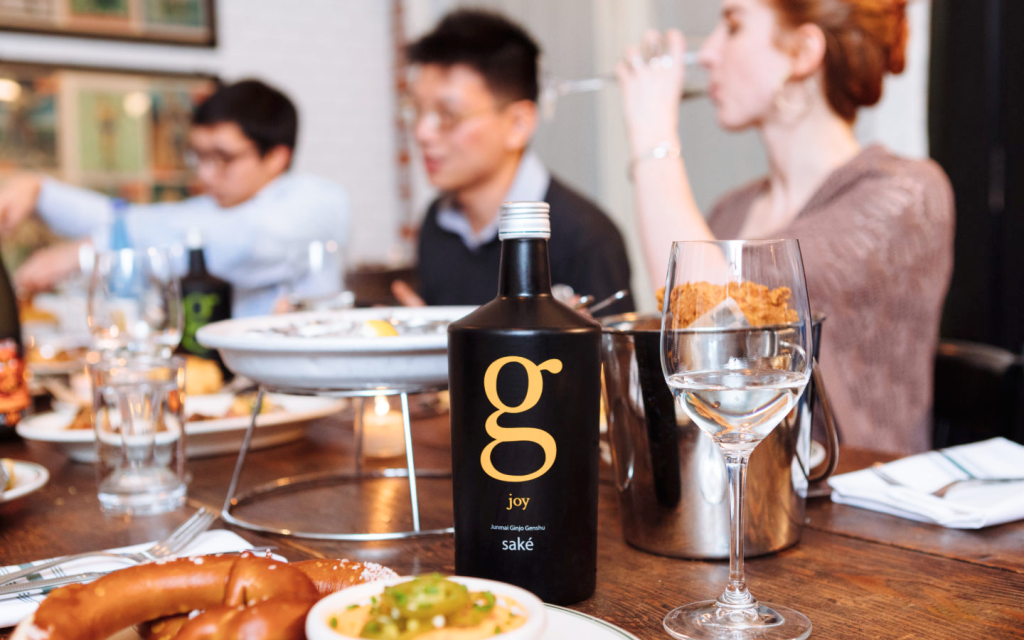
We also carry Momokawa Pearl, a Nigori Genshu, Moonstone Coconut Lemongrass Nigori, and Murai Family Nigori Genshu.
If you’re specifically looking for a Genshu at your grocery store, most will have the word “Genshu” on the front or back label. If the label isn’t forthcoming, you can also look at the alcohol content. Anything above 18% is a good bet.
The fact that a great deal of sake is made from just four ingredients can come as quite a shock. How can a Nigori style have distinct flavors of cherry, coconut or honey? And why do I detect floral and melon notes on the nose of my Daiginjo? The answers generally boil down to two factors: 1) A master brewer’s selection of each type of ingredient and 2) The brewing techniques they utilize to achieve their vision. We’ll be describing the core four ingredients over the next few months, breaking each ingredient down to show how minute differences can impact the taste, aroma, and quality of any given sake. Today, let’s talk water.
It might seem obvious that water is a necessary ingredient since rice has no juice to press out, but it is often overlooked. Sake is about 80% water. From a utility standpoint, as long as the water is clean it is generally suitable for brewing sake. However, in premium sake, water composition matters a great deal which is why seasoned sake drinkers can often connect flavor characteristics to unique regions. Like beer, sake is brewed where the quality water is rather than where the grain or other ingredients are cultivated. Also, similar to beer, water makes up over 80% of the final product. So, it is important.
While the benefits of certain minerals when it comes to brewing varies, iron is universally considered undesirable. Iron will cause sake to darken and create unwanted aromas and flavors. It is also known to hasten the aging process. Manganese interacts with light causing sake to become discolored and dampen the overall look and character. Good elements in brewing water include potassium, magnesium and phosphoric acid. These aid propagation of yeast and development of Koji. Depending on the style of sake, the mineral levels or ‘hardness’ can create varying levels of bitter/dryness or fruity/floral Ginjo style flavors.
Soft water usually yields a gentler, lighter body, while hard water yields a more robust fermentation which transitions into the final product. In general, sake breweries in soft-water havens such as Kyoto and Hiroshima do very well producing contemporary and more fragrant styles of sake while breweries in mineral-rich areas such as Kobe continue creating and iterating upon more classic styles. From Futsu to Diaginjo, modern brewing technology has enabled breweries all over the world to produce a wide variety of sake styles within each brewery.
SakéOne’s founder chose Oregon because he believed that the best quality water for sake brewing was in the Northwest, specifically on the east slope of the coastal range in Forest Grove, Oregon. Boy was he right!
When enjoying your sake, take a moment to note where it was brewed so you have yet another tool in your toolbox that will help guide you to a new favorite.
Fun Fact: Many large breweries possess the ability and technology to filter elements out or add elements into their batch water, giving the brewery an added dimension of versatility when brewing styles that would otherwise be difficult using regionally sourced water as-is.